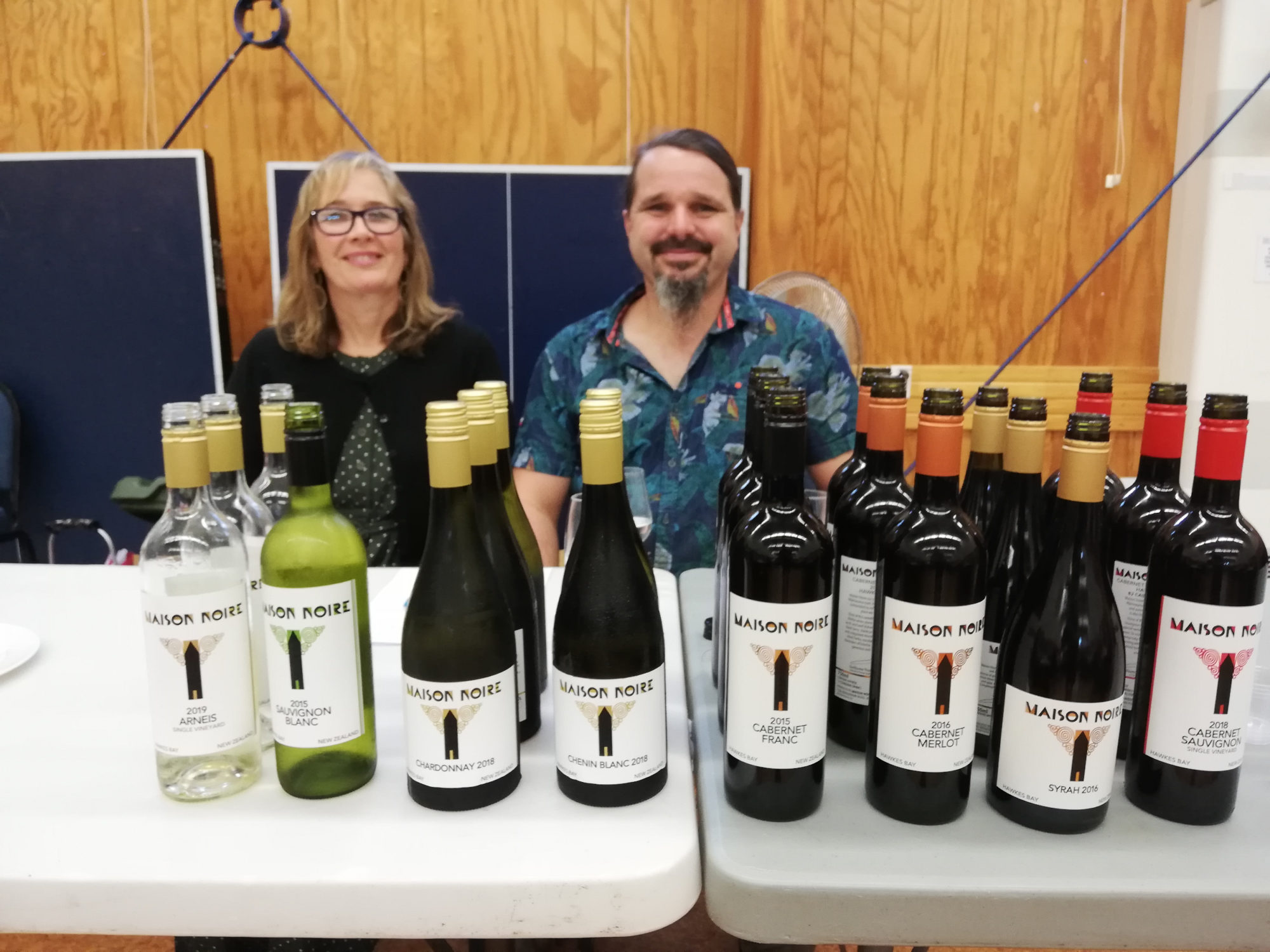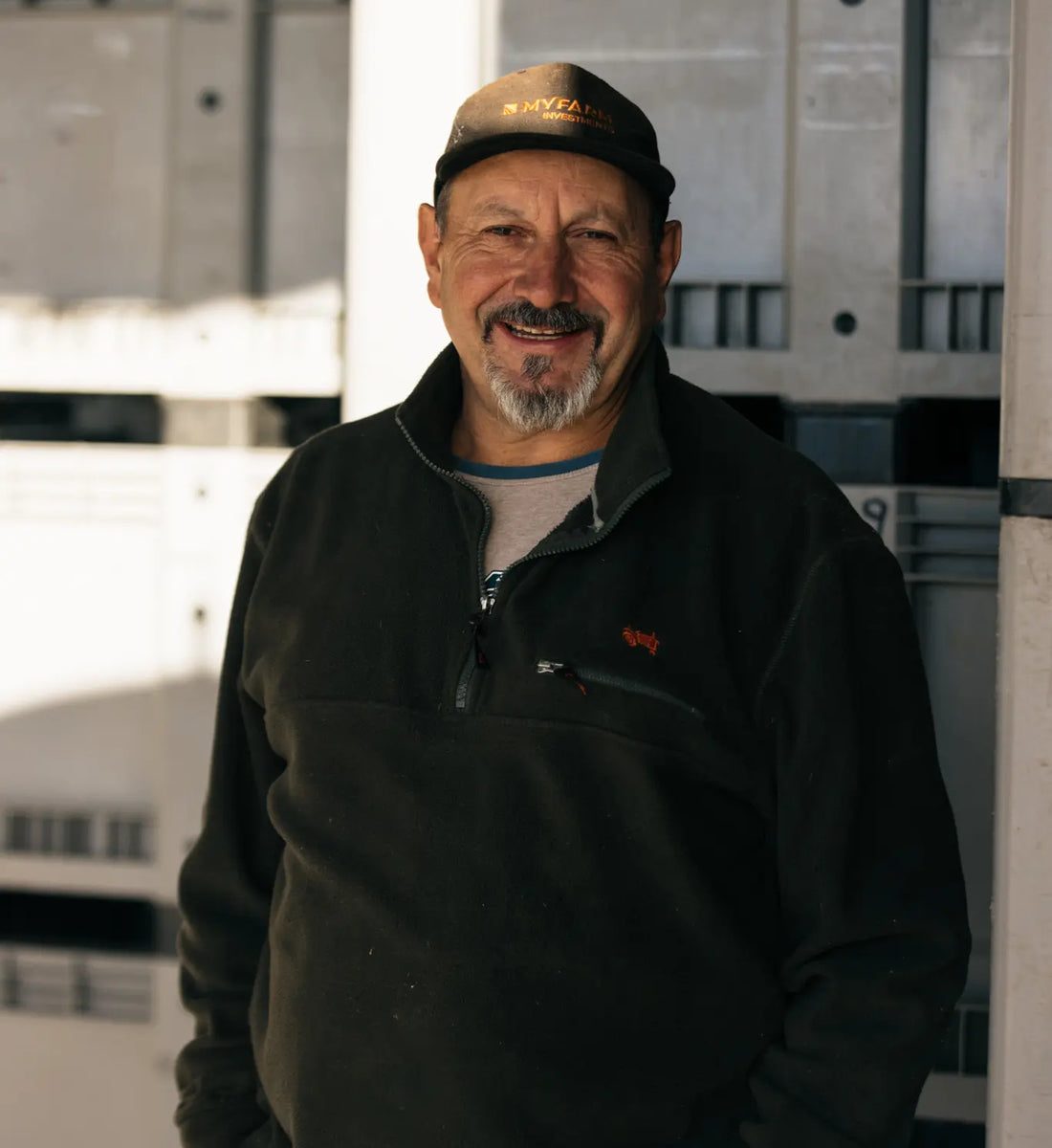 Wednesday 11th September, 8 pm Start
Wednesday 11th September, 8 pm Start
Door Price: Members $12 / Guests $16
This evening is to be presented by Misty Cove’s South African and French-trained Chief Winemaker, Emmanuel ‘Manu’ Bolliger. Manu’s philosophy is simple: get the grapes right and do very little in the winery. When he is not getting his hands dirty in the vineyard innovating their wine program with Acacia wood puncheons, working with new varietals or just getting all-round creative with new styles of wines – you’ll find Manu off the grid, hunting somewhere in the wilderness, or creating his own cheese, cured meats and olive oil at his piece of paradise in Rarangi.

Misty Cove isn’t your typical wine brand. Founded in 2008 by New Zealander Andrew Bailey, it’s a story of breaking conventions. Now led by a tight-knit crew team, who blend traditional winemaking with Kiwi ingenuity, crafting bold wines that defy expectations. With vineyards across Marlborough and New Zealand, their wines travel worldwide, embodying their motto, “Wine for Good Times.” They celebrate individuality, encouraging people to forge their own paths and share memorable moments over a glass of Misty Cove Wines.
Our wines for the evening are:
- 2022 Misty Cove Waihopai
- 2024 Misty Cove Estate Sauvignon Blanc
- 2023 Misty Cove Estate Pinot Gris
- 2024 Misty Cove Landmark Albarino
- 2024 Misty Cove Landmark Riesling
- 2022 Misty Cove Landmark Chardonnay
- 2023 Misty Cove Estate Pinot Noir
Misty Cove Wine Group Limited offers more than just quality wines. The company also boasts cellar door accommodation located in the heart of the Marlborough wine country, away from it all, while still being close to all the good stuff. The accommodation comes complete with a private pool, garden, barbecue facilities, free WIFI, and free private parking.
From the Misty Cove website
Ask any winemaker and they’ll tell you that the flavour and characteristics of a wine shouldn’t be overly influenced by the wood during fermentation. Instead, the wood is intended to support the wine – and merely add a little ‘spice’. It’s a balancing act between the flavours of the wood and the fruit.
Lately, a few winemakers have been questioning the dominating role that oak has played in winemaking. There is the view that by adding something to the wine – that ‘woodiness’ in oak – you’re merely masking or adding too much to the fruit and fermentation.
In walks acacia wood to the scene, who is now unquestionably the new player in town. Winemakers have discovered that judicious use of acacia barrels during production adds floral notes, improved texture and less of a “woody” taste. Thus, the appeal of acacia barrels lies not so much in the flavours they impart but rather the lack of flavours. Compared with oak, acacia’s contribution is mostly textural.
Firstly, it’s native to America and it was brought over to Europe in the 17th century. Its common name is Black Locust tree. And it’s actually a family of the legume, so it’s a legume. Acacia, which comes from forests in northern France, is sawed rather than split into saves, and is now used by a handful of wineries worldwide.


























 Antonia presented us with some of the Babich wines, mainly from Marlborough, where their new winery is situated. Their base is still in the Henerson Valley, where the Babich family first settled.
Antonia presented us with some of the Babich wines, mainly from Marlborough, where their new winery is situated. Their base is still in the Henerson Valley, where the Babich family first settled.